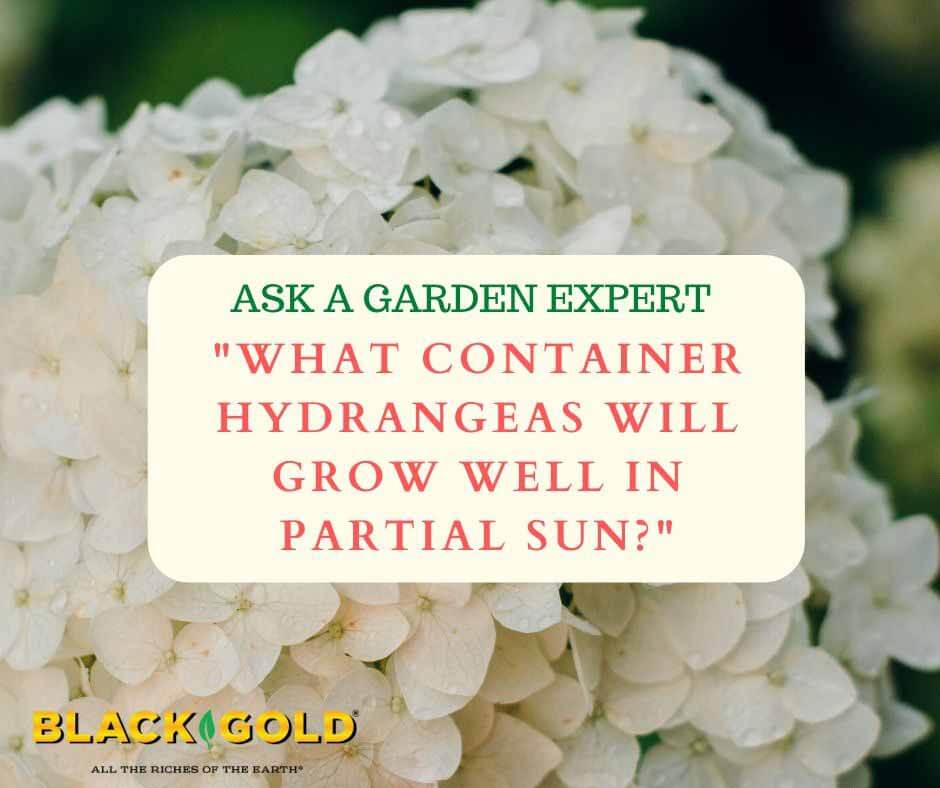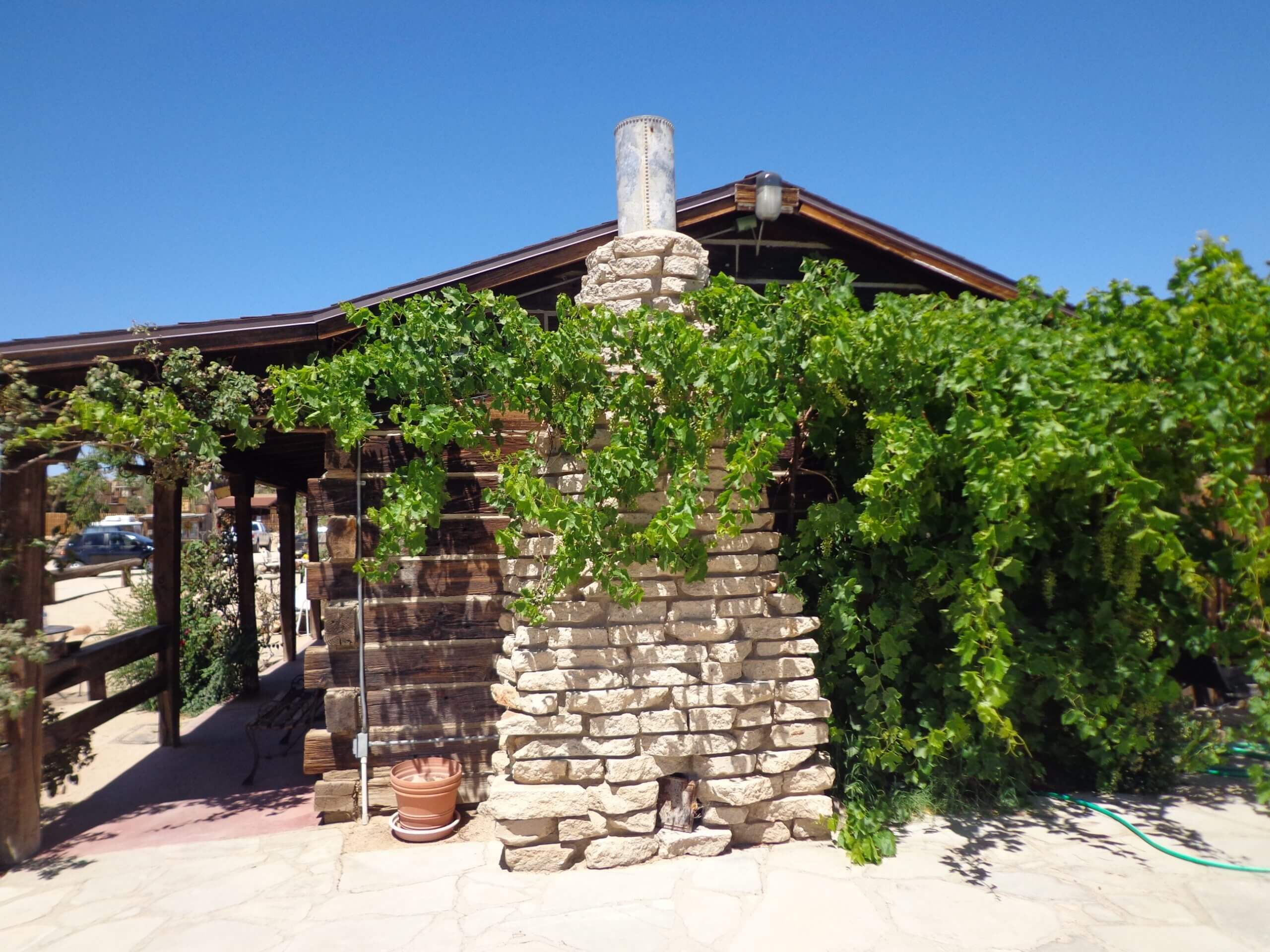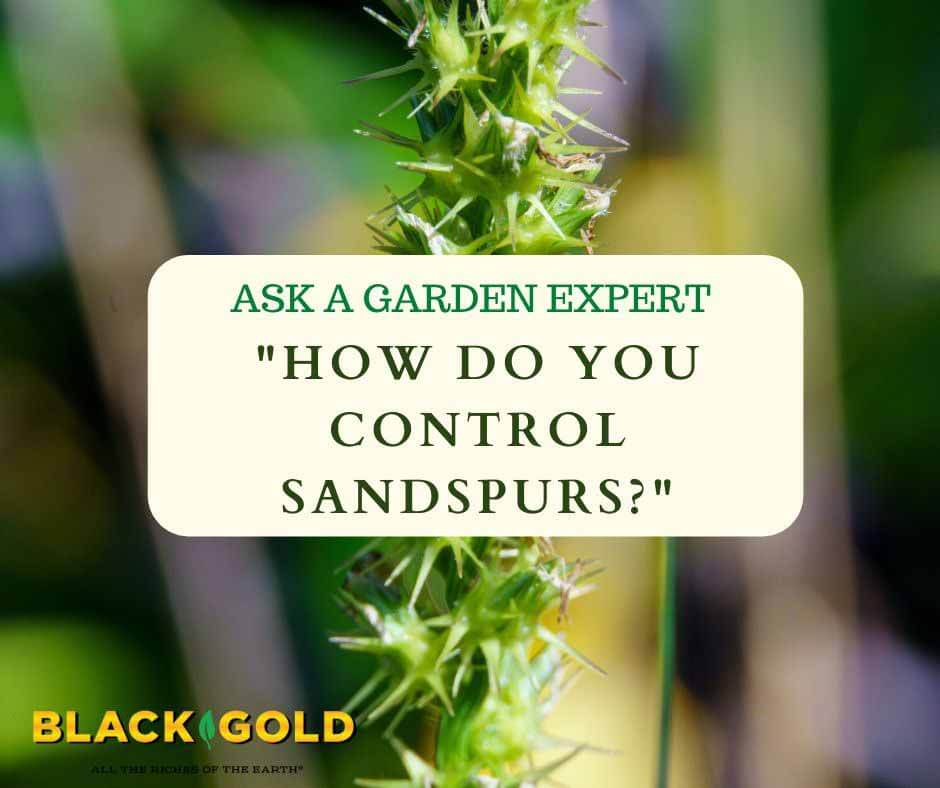
“How early can potatoes be planted in zone 5?” Question from Lisa of Berwick, Maine
Answer: Your last frost date is May 10th, and you have a growing season that is approximately 142 days long, according to the Old Farmer’s Almanac. You can plant potatoes in the ground as early as four to five weeks before your last frost date, so that would be early April in Berwick, Maine. You can also plant them a bit later. Potatoes grow well in your cool summers. Keep in mind that there are early, mid-season, and late-season potatoes that take varying amounts of time to be ready for harvest, so consider this when choosing the best potato varieties for your garden. Generally, earlier types are better for northern climates. (Johnny’s Selected Seeds is a great potato source for your region.)
Planting Potatoes
Potatoes should be planted 6 to 12 inches apart in rows around 2 to 3 feet apart. They like deep, friable soil, so consider planting them in mounds amended with quality compost, such as Black Gold Garden Compost Blend, which is OMRI Listed for organic gardening. Cover each seed potato with at least 3 inches of soil. In your cold region, planting them a bit deeper might be wise.
Keep a watch out for Colorado potato beetles, and you should be set! (Click here to learn more about managing potato beetles naturally.)
Have a great growing season!
Jessie Keith
Black Gold Horticulturist










